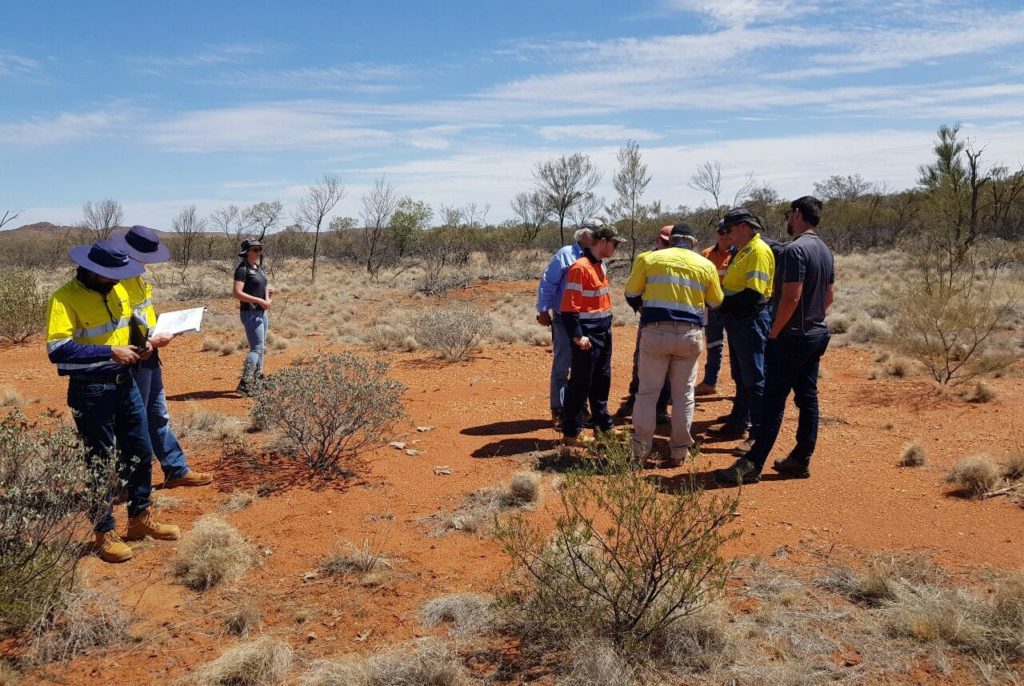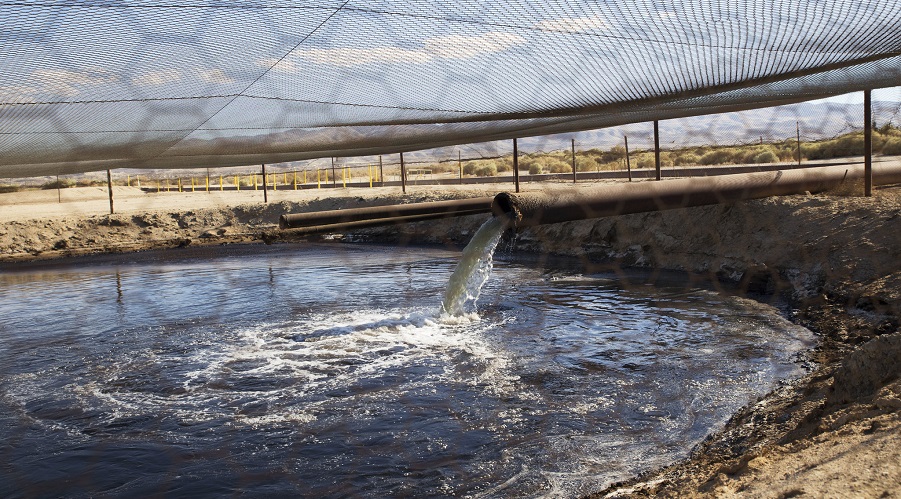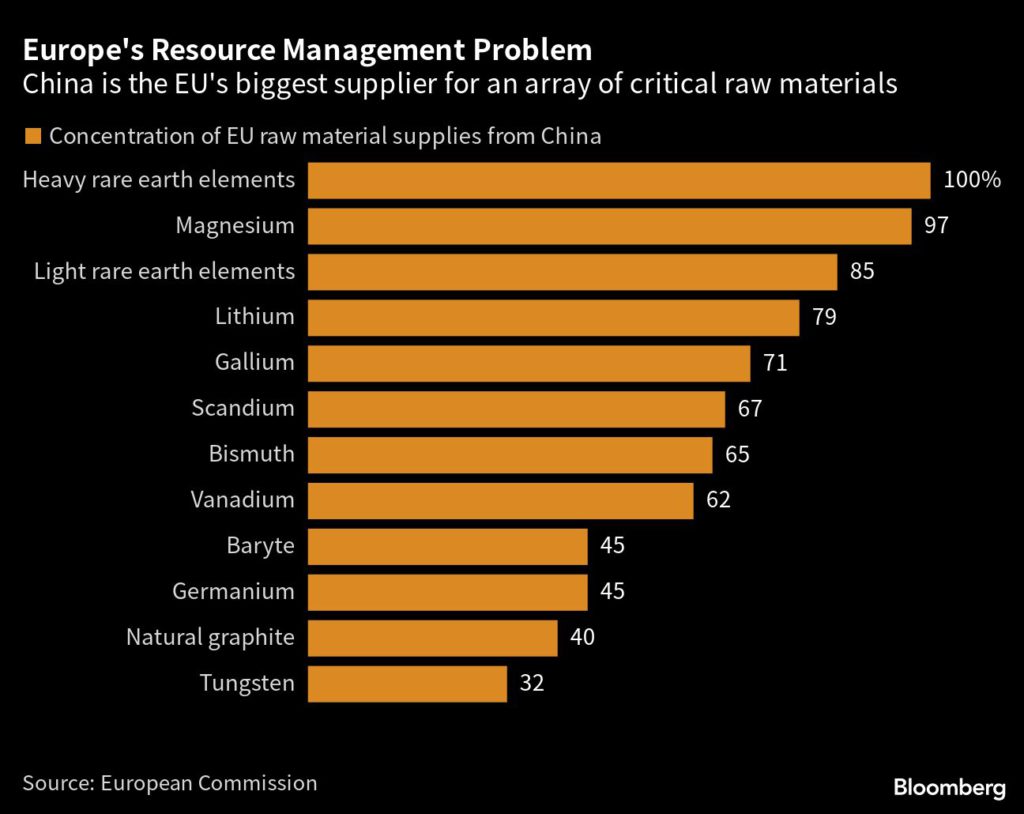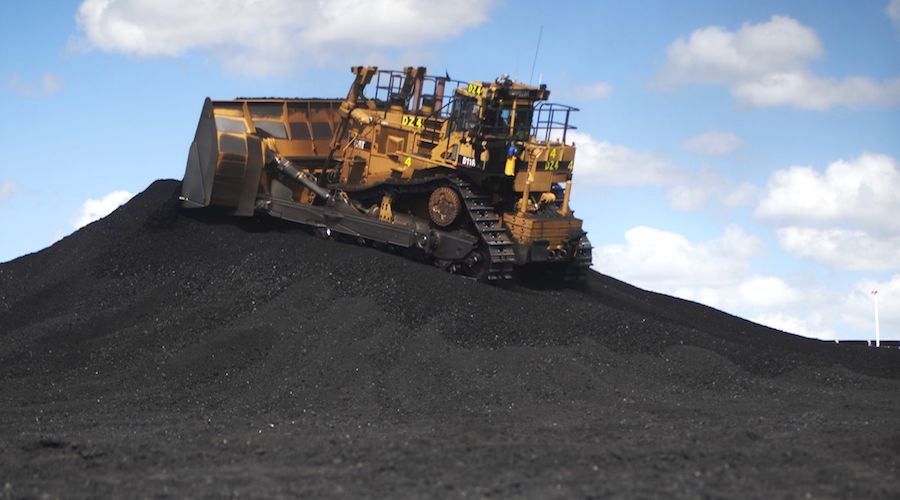SWEAT SHOP POLITICS
'We were going to win': Activist kingmaker stages coup at Gildan
, Bloomberg New
Usman Nabi was certain from the beginning that it would end this way — with his firm seizing control of Gildan Activewear Inc. as the company’s directors headed for the exits.
“We’ve always known we were going to win,” he said.
Six months ago, few people inside corporate Canada had even heard of Browning West LP, the investment partnership founded in 2019 by Nabi and Peter Lee. They know it now, after Browning triumphed in an expensive and high-profile proxy fight at Gildan, one of world’s largest makers of T-shirts and other cheap apparel.
The battle — which began in December when Gildan’s board sacked longtime Chief Executive Officer Glenn Chamandy — featured lawsuits, conspiracy theories and plenty of mudslinging. Browning West wanted Chamandy back. The board hired a new CEO in Vince Tyra, an ex-Fruit of the Loom executive who’d had a stint as the University of Louisville’s athletic director.
In the end, Gildan spent some US$65 million on advisers, legal fees, severance and other related expenses, according to Chamandy — more than one per cent of its market capitalization. It’s even more than Walt Disney Co. paid to fend off activist shareholders including Nelson Peltz earlier this year.
The dollar figure is one indicator of how hostile it was. Gildan’s board publicly accused Chamandy of being a checked-out CEO, more interested in his golf resort in Barbados than running a $6 billion public company. But inside Gildan, some executives were quietly organizing on his behalf and urging shareholders to back Browning’s campaign to oust the existing board and Tyra, their new boss.
The rebellion worked.
Faced with imminent defeat, Gildan’s entire board quit last week. The departures included former Goldman Sachs Group Inc. executive Tim Hodgson, who was brought in as Gildan’s new chair on May 1 — an unsuccessful attempt to persuade shareholders they could get an improved board without handing control to Browning West and Chamandy.
Now Tyra is gone, Chamandy is back and the directors are the eight men and women chosen by Browning West. All of them received at least 82 per cent of the shares voted in the board election, Gildan said in a statement Wednesday.
“I think when we approach other public companies where change is required,” Nabi said, “folks are probably going to listen a little bit more carefully the next time.”
Leadership focus
The Gildan proxy fight was shaped by Nabi’s time at H Partners Management LLC. There, he was part of the team that recapitalized Six Flags Entertainment Corp. and later pushed to replace the CEO of mattress maker Tempur Sealy International Inc.
Under new leadership, both companies produced nice gains for investors, though in Tempur’s case it took several years for the strategy to work. Browning West is its fourth-largest holder today, according to data compiled by Bloomberg.
The experience showed that the quality of the top executives can make all the difference, Nabi said. Lee had a similar mindset. The two men, who both once worked for Lazard Inc., linked up to launch Browning West about five years ago and soon started building a stake in Gildan, which has produced annual returns of more than 18 per cent for shareholders since it went public in 1998.
Chamandy — who ran Gildan with his brother Greg before becoming sole CEO in 2004 — is a supplier to Walmart Inc. and other apparel sellers. It has steadily built market share by exploiting a cost advantage over rivals such as Fruit of the Loom, a product of what Gildan executives said was Chamandy’s unparalleled knowledge of an intricate supply chain.
The company takes cotton from the U.S. South and turns it into yarn that’s eventually transformed into T-shirts, socks and underwear by workers in low-wage textile centers such as Bangladesh. Chamandy knows better than anyone how to squeeze costs out of a vertically integrated manufacturing chain, Nabi said, and that’s the key.
“It’s this game of inches,” Nabi said. “So the first thing you’d know is, let’s not hire someone who has no manufacturing experience, which is what the board did” when it chose Tyra, he said.
Gildan’s board may have made a tactical error in the way it announced Chamandy’s departure on Dec. 11. The statement gave no explanation as to why the veteran CEO had left and said Tyra wouldn’t start working for two months. The stock fell 11 per cent that day.
It wasn’t until later that the board, then led by former alcohol executive Don Berg, came out with its story: that Chamandy, who’s in his early 60s, had run out of sensible ideas for growth, was proposing risky acquisitions and was stalling the board’s planning to find his eventual replacement.
By that point, Chamandy had already grabbed control of the narrative, saying he’d been fired by a board that hadn’t consulted shareholders. Several of the largest investors went public with their unhappiness about the CEO change.
By the end of December, Nabi and Lee had recruited former United Rentals Inc. CEO Michael Kneeland as a prospective new chair for Gildan, and the fight was on. “Our campaign started with a request for two board seats, then it went to five, and then it went to eight,” Nabi said.
Browning West, which is based in Los Angeles, manages $1.6 billion for investors, including university endowments, wealthy individuals and the partners. Lee and Nabi say they have more than 90 per cent of their net worth in their fund. And the investment strategy is unusual. All of the money is in just six stocks, with the intention of owning them for years.
Under the operating plan unveiled by Browning West and Chamandy in March, Gildan will borrow more, repurchase stock, move additional production to Bangladesh and try to expand its sales of higher-quality products. There are ambitious targets — a $60 stock price by the end of next year, about 60 per cent higher than Tuesday’s closing price. If anything, the pressure on Chamandy is greater now: he’s accountable to a board that helped him get his job back.
Gildan is Browning West’s second-largest holding, with a stake worth about $350 million. “What that means is, Gildan is extremely important to us as a fund,” Lee said, “but it’s also extremely important to us personally.
Proxy battle cost Gildan US$65M, as investors re-elect Chamandy, new slate to board
, The Canadian Press
The bitter battle over who would run Gildan Activewear Inc. cost the company at least US$65 million, according to its newly returned CEO, as the apparel maker looks to turn a corner after a turbulent six months.
“This is probably the largest proxy fight in history, even more so than Disney, for example, which is 40 times our size,” said chief executive Glenn Chamandy, referring to a high-profile struggle at the entertainment company in recent years.
Shareholders of the T-shirt manufacturer voted to place Chamandy back on its board alongside a slate of candidates put forward by activist investors on Tuesday, capping a months-long leadership battle.
The election marks another vote of confidence for the company co-founder, who retook the helm last week after being ousted from the top job in December amid accusations he was no longer fit to lead the firm.
Chamandy told reporters in Montreal that Gildan's conduct over the past several months showed "poor judgement," causing a stressful period for him, his family and employees at the company.
“I was a little saddened, I would say, by the way I think the board handled the succession — and handled me personally," he said.
Activist shareholders, including Browning West LP, pushed for Chamandy's return to the apparel manufacturer for months after former Fruit of the Loom executive Vince Tyra took over Gildan's CEO post. Gildan's largest shareholder, Jarislowsky Fraser, supported Browning West.
In a shock move last week, Tyra and Gildan's board stepped down, paving the way for Chamandy's return and for Browning West's slate of directors to be elected.
The US$65-million battle includes severances to outgoing board members and two executives, the company sale process — floated in March and since scrapped — as well as legal costs that include a pair of lawsuits launched by Gildan against Browning West, which were dismissed earlier this month, Chamandy said. That doesn't include his own severance, which he said he never received.
"This board was very entrenched and I think was very abusive to shareholders’ money,” he said of the departing directors.
Roughly US$26 million of the US$65-million total went to Tyra, who headed the company for four months, and Arun Bajaj, Gildan's former human resources chief, said Chamandy, who called the compensation to his predecessor "shocking."
“They actually got the money for their severance and then left the company subsequently a couple days later, which is really strange,” he said. “From our view, it’s not very clean.”
Nonetheless, Chamandy suggested legal recourse is unlikely: “We’re putting this behind us.”
Meanwhile, the new board slate received “overwhelming support” from shareholders, the CEO said. The precise tally is expected by Wednesday morning.
Leading proxy firms Institutional Shareholder Services Inc., Glass Lewis and Egan Jones had all recommended Browning West's group of candidates be elected.
Gildan had previously replaced five directors in April and said it would back two Browning West nominees.
Browning West co-founder Peter Lee said Tuesday the legal battles cost his firm “millions of dollars.” The Los Angeles-based hedge fund will determine "down the road" whether Gildan might cover some of that expense, he said.
“Overall, justice has prevailed,” Chamandy told reporters. “The shareholders have spoken. This is a new beginning for Gildan.”
However, questions have already arisen around succession plans, given the tortuous saga of the past half-year.
“I’ve got a lot of energy. I’m in my early 60s, which is early 50s in the future," he said.
While Chamandy declined to speculate on when he might step down, chairman Michael Kneeland said, "Obviously, we’ll say three to five years — that’s probably good guardrails, but there’s no set time limit."
Chamandy also threw cold water on the idea of a sale of the clothing maker, which the previous board announced barely two months ago. The chief executive pointed to Gildan's ability as a publicly traded company to raise billions of dollars in capital for investment in garment factories.
“Private equity comes in and they buy the company and they put $5 billion of debt on the company, which is unmanageable," he said. "We're not going be able to reinvest in the company itself and we'll lose our competitive advantage."
Asked about complaints from factory workers in Honduras reported on by the Globe and Mail, Chamandy stood by the company’s practices, saying that most facilities are unionized and subject to periodic audits from monitoring and certification programs such as Worldwide Responsible Accredited Production. He also claimed high worker satisfaction among Gildan’s 44,000 employees and highlighted the whistleblower lines available to them.
This report by The Canadian Press was first published May 28, 2024.














